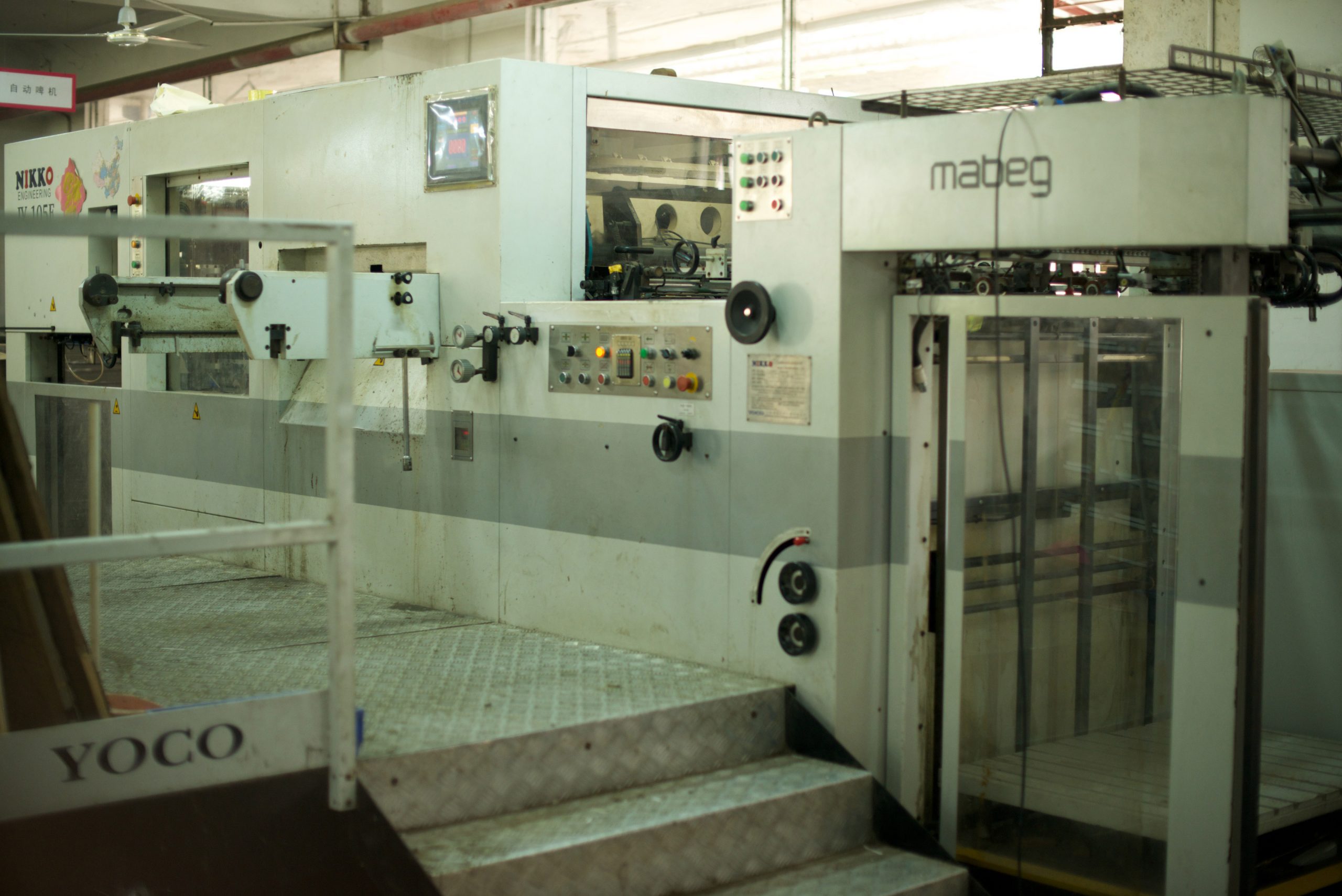Die cutting has been an important industrial process since at least the middle of the 19th century when forged mallet handle dies were used to cut heavy leather. In its early days, die cutting was a very labor intensive process but today it draws equally from both science and craftsmanship. The industry has evolved over the last few decades with increasing use of computer aided design (CAD), digital styluses, engineered materials, and other technologies.
Work with a Vendor that can Take you through the Entire Product Lifecycle
There are several different types of die cutting processes and each is best suited for different stages of the product lifecycle. In the development or prototype phase, digital die-less cutting offers the advantage of being able to try out different geometries and materials without any tooling costs. Steel rule dies are typically used for short and medium runs. They are made using a sharp steel rule that is cut, bent and mounted in various substrates to create the stamping tool. Steel rule dies are typically used in the crush cutting mode which makes a clean cut all the way through the material. The cost of steel rule dies varies depending on the application but is generally less than $1,000. Machined metal tooling uses the same crush cutting concept as steel rule dies but the die is made out of solid metal. Accuracy and life of this type of die is greater than steel rule dies but so it its cost, making it suitable for medium production runs. Matched metal tooling is built in two parts with one passing through the other to make the cut. Matched metal tooling is the most accurate and most expensive type of die cutting tooling. Finally, combinations of these different types of tools are sometimes used. For example, matched metal tooling may be used to make interior cuts while a steel rule die is used for the perimeter cut in a combination tool. Combination tools can sometimes offer the best of both worlds by providing accuracy where it is needed while reducing cost in areas where it is not. Rotary die cutting is another alternative process that uses either a steel rule die or a machined solid die that is built in a cylindrical shape and mounted on a revolving drum to trap the material to be die cut against a lower rotating steel cylinder. A long sheet of material is fed through the die and the die rotates to cut out shapes or perform other operations such as making perforations or creases. Rotary die cut parts features tolerances as tight as +/- 0.005 inches, depending upon material, and can be kiss cut, provided with zoned adhesives, adhesive lamination, multiple laminations and other custom requirements. Finding a custom machine builderthat can work with all of these different types of tooling can save its customers time and money by eliminating the need to switch suppliers as the project progresses.
Pick The Tool That Is Most Economical
In The Long Run Consider carefully the type of tool that will provide the best performance and lowest cost over the complete product lifecycle. Each type of die offers particular characteristics in terms of cost, accuracy and life that were described under point number four. A higher-end die such as a machined die or a matched die set will cost more initially. But these types of dies will offer higher accuracy immediately and a lower cost per piece over high production volumes because the tool will last longer. You should also consider potential assembly cost savings that are provided by certain types of tools in some applications. For examp



